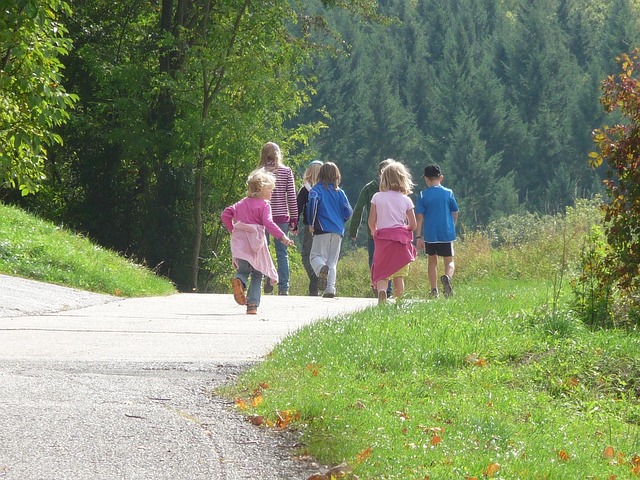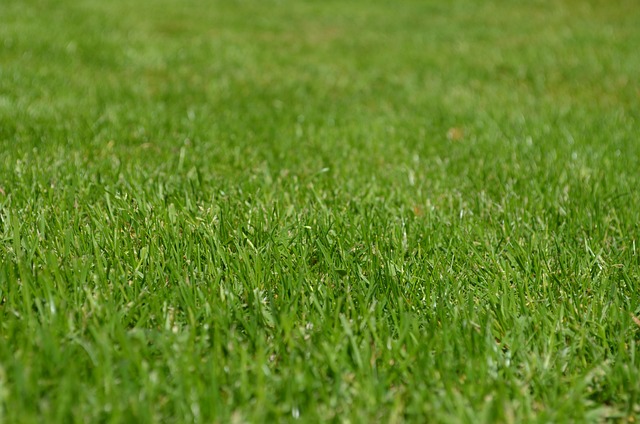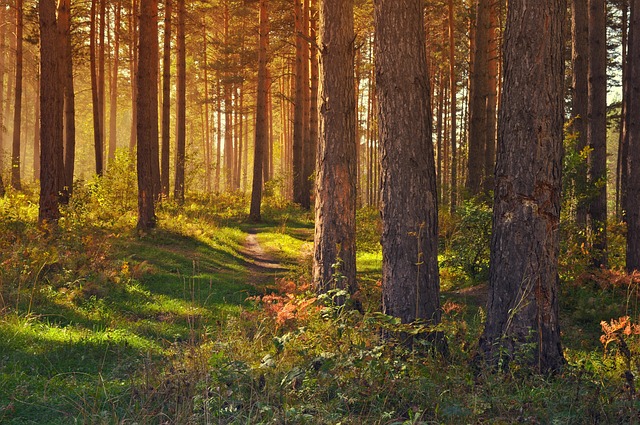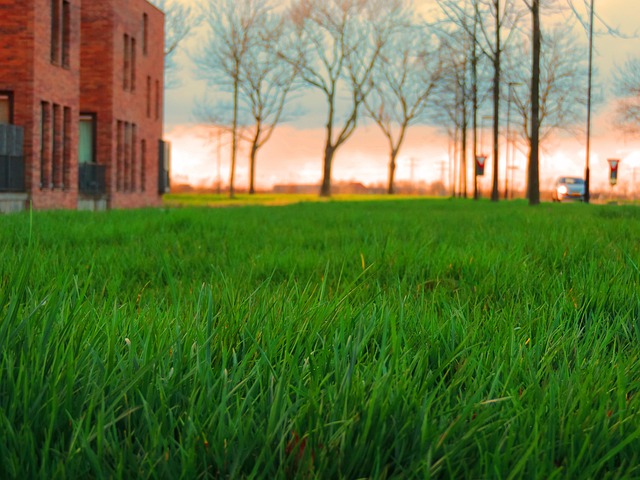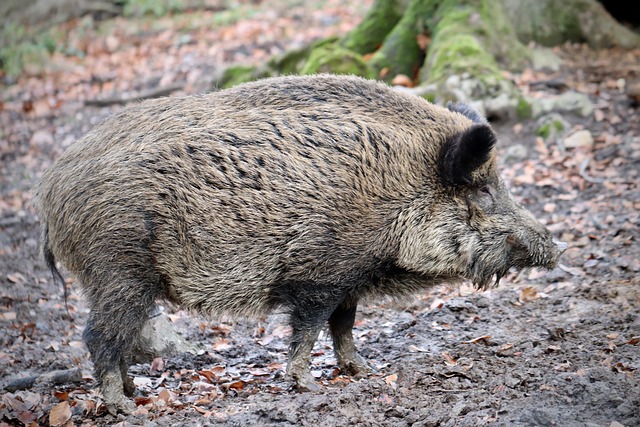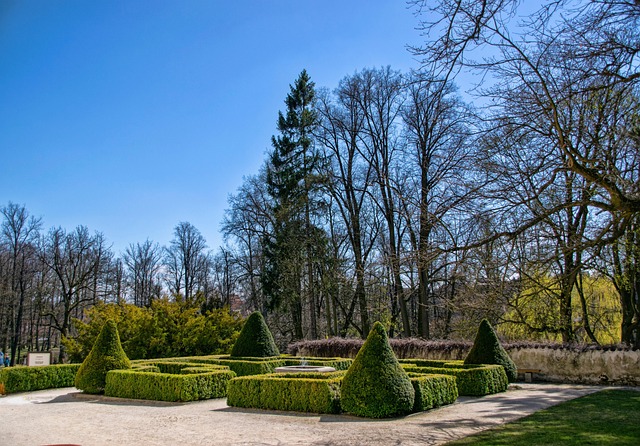Community gardens are transforming urban landscapes into vibrant oases that promote sustainability, community building, and environmental stewardship. These spaces, often within family-friendly parks and dog-friendly zones, offer educational experiences through botanical gardens while encouraging residents to grow their own produce. The harmonious blend of green spaces, interaction, and nature appreciation creates a unique urban asset that benefits individuals and society by fostering connections with the environment. With an emphasis on accessibility and community engagement, these gardens revolutionize urban living, enriching both mental and physical well-being.
Community gardens are sprouting up across urban areas, offering a green sanctuary for residents seeking fresh produce and nature. This trend transcends mere hobbyism; it’s a movement transforming public spaces into vibrant oases that foster community well-being and environmental stewardship. From designing family-friendly parks with an emphasis on nature to establishing botanical gardens that nurture biodiversity and education, these initiatives enrich urban landscapes. By converting underutilized spaces into scenic oases and dog-friendly play areas, communities are cultivating healthier, happier citizens.
- The Rise of Community Gardens: A Green Oasis in Urban Spaces
- Designing Family-Friendly Parks with a Focus on Nature
- Botanical Gardens: Nurturing Diversity and Education
- Scenic Landscapes within Reach: Transforming Public Spaces
- Dog-Friendly Parks: Encouraging Outdoor Play and Bonding
- Fresh Produce, Healthy Communities: The Benefits of Community Gardening
The Rise of Community Gardens: A Green Oasis in Urban Spaces

In recent years, there’s been a thriving trend towards community gardens—a green oasis in urban spaces. These lush oases transform barren lots into vibrant, shared spaces where residents can connect with nature and each other. With an increasing focus on sustainability and local food production, community gardens are more than just green spots; they’re hubs for environmental stewardship and community building. People from all walks of life come together to cultivate fresh produce, fostering a sense of collective responsibility for the environment.
Community gardens offer something for everyone, catering to both seasoned gardeners and novices alike. They often double as family-friendly parks and dog-friendly spaces, encouraging interaction and creating scenic landscapes that enhance the overall quality of urban living. Botanical gardens within these community spaces provide an opportunity to learn about various plant species, while also contributing to a more biodiverse and resilient urban ecosystem.
Designing Family-Friendly Parks with a Focus on Nature
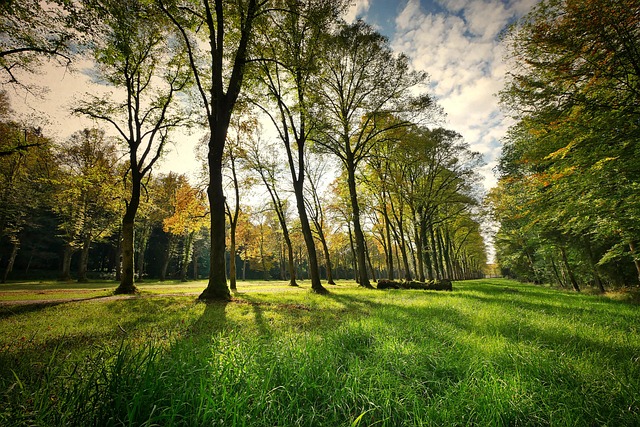
Designing family-friendly parks with a focus on nature is a growing trend that combines outdoor recreation with educational opportunities and community engagement. These parks often include botanical gardens showcasing diverse plant species, providing an ideal setting for families to connect with the natural world. By integrating scenic landscapes and community gardens, parks become vibrant spaces where residents can grow fresh produce, fostering a sense of ownership and sustainability.
Furthermore, making these areas dog-friendly enhances accessibility and encourages more people to spend time outdoors. Well-designed family-friendly parks not only promote physical activity but also mental well-being, offering a peaceful retreat from urban life. They serve as community hubs where neighbors gather, children learn about plants and wildlife, and everyone enjoys the beauty of nature up close.
Botanical Gardens: Nurturing Diversity and Education

Botanical gardens offer much more than just a display of diverse plant life; they serve as vibrant community spaces that cultivate an appreciation for nature and promote sustainability. These lush oases, often nestled within city limits or as part of larger park systems, provide a unique blend of education and relaxation. Families can enjoy strolling through scenic landscapes, learning about different botanical species, and discovering the beauty of local flora. Many botanical gardens also host events, workshops, and interactive exhibits, making them ideal for engaging all ages.
Moreover, community gardens within botanical reserves cater to residents’ desire to connect with nature while encouraging healthy living. These green spaces offer a chance for neighbors to collaborate, grow their own fresh produce, and foster a sense of community. Dog-friendly parks within these botanical gardens further enhance accessibility, allowing pet owners to enjoy the outdoors together. The harmonious coexistence of educational initiatives, community engagement, and scenic beauty makes botanical gardens an invaluable asset, enriching urban environments and fostering a deeper connection with nature for all visitors.
Scenic Landscapes within Reach: Transforming Public Spaces
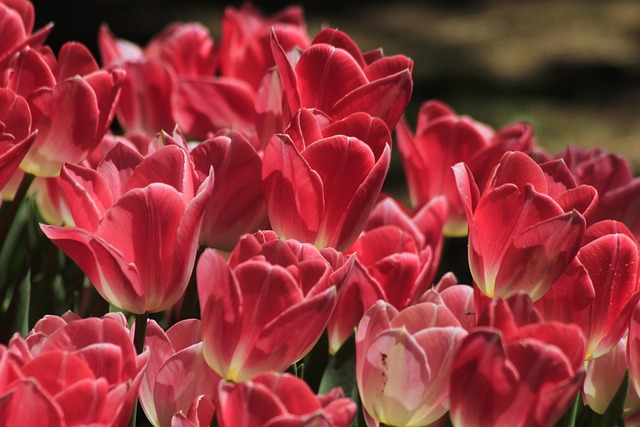
In many urban areas, public spaces are being reimagined as vibrant hubs for community engagement and sustainable living. One such transformation involves converting underutilized areas into beautiful community gardens brimming with fresh produce. These green oases not only provide residents with access to nutritious food but also create stunning scenic landscapes that enhance the overall quality of life. Think serene botanical gardens where families can stroll, children can learn about plants, and pets can run freely in designated dog-friendly parks.
This trend towards integrating community gardens into urban fabric has several benefits. It revitalizes forgotten spaces, fosters a sense of community, encourages healthy eating habits, and promotes environmental stewardship. Moreover, these green spaces offer opportunities for relaxation, recreation, and connection to nature—a stark contrast to the concrete jungles that characterize many modern cities. By transforming public areas into vibrant nature reserves, communities are creating lasting legacies that enrich both individuals and society as a whole.
Dog-Friendly Parks: Encouraging Outdoor Play and Bonding

In today’s urbanized world, finding spaces where families can bond and dogs can play freely is essential. Enter dog-friendly parks—oases within cities that cater to both humans and their canine companions. These parks offer a chance for residents to immerse themselves in nature reserves, exploring scenic landscapes while enjoying quality time with their pets. Unlike formal botanical gardens, which prioritize aesthetic display, these family-friendly parks encourage outdoor play, fostering a sense of community among neighbors who share a love for green spaces and their four-legged friends.
Community gardens often double as dog-friendly zones, providing an additional layer of engagement with nature. The harmonious blend of fresh produce and open greenery creates vibrant environments that attract both gardeners and their dogs. These parks serve as hubs for social interaction, promoting a healthy lifestyle by encouraging residents to step away from screens and immerse themselves in the great outdoors. With their natural beauty and inclusive atmosphere, dog-friendly parks are game changers, revolutionizing community engagement and fostering a deeper connection with the environment.
Fresh Produce, Healthy Communities: The Benefits of Community Gardening

Community gardens are transforming urban spaces into vibrant oases where fresh produce thrives and healthy communities flourish. These green sanctuaries, often nestled within family-friendly parks or nature reserves, offer a unique blend of tranquility and sustenance. Imagine wandering through a scenic landscape, breathing in the earthy scents, and discovering rows of lush vegetables and fruits ripe for the picking – this is the allure of community gardens.
Beyond providing access to fresh, locally grown produce, these botanical gardens foster a sense of community among residents. They become gathering places where neighbors connect, share knowledge, and collaborate, strengthening social bonds that are essential for a thriving society. Moreover, community gardens promote physical activity and mental well-being, encouraging outdoor exploration in dog-friendly parks and encouraging sustainable living practices that benefit both individuals and the environment.




